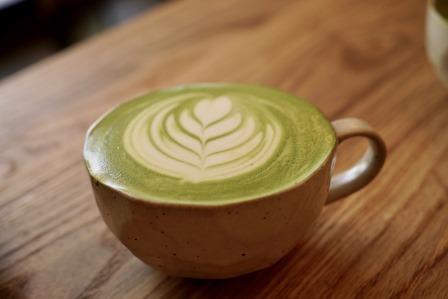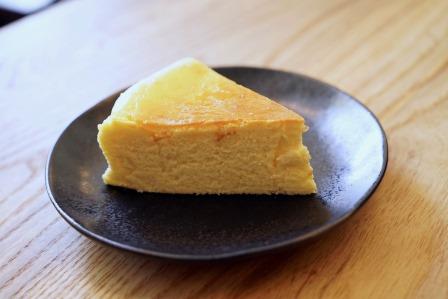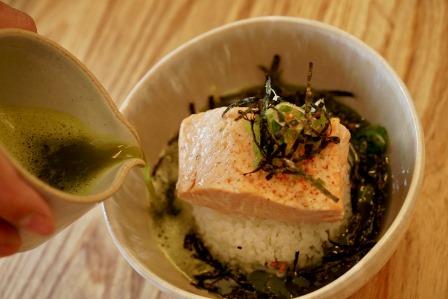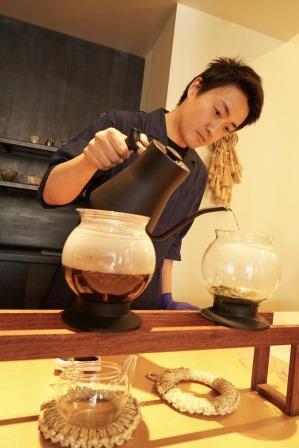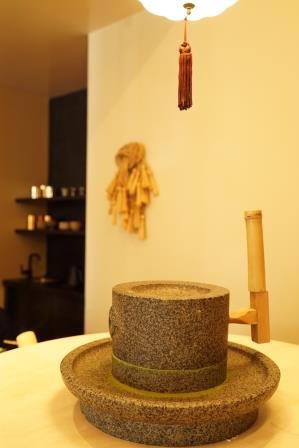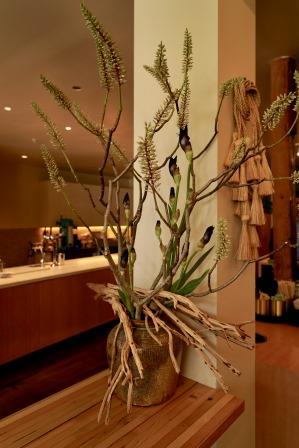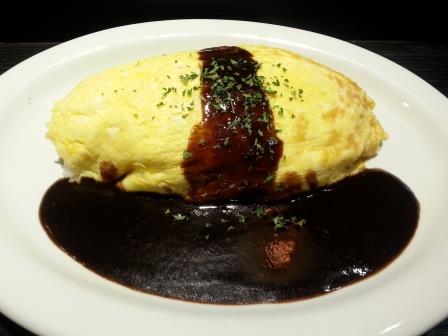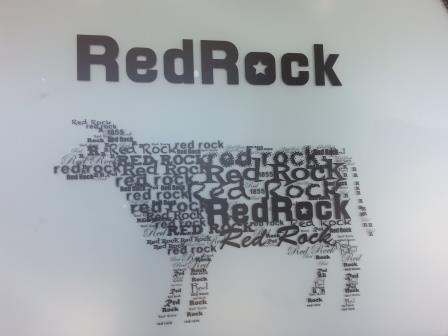“Dawn of Japanese Sake” in Myanmar: Part 2
By Kosuke Kuji
This February, sake from ten member breweries of the Japanese Sake Export Association arrived in containers at a port in Myanmar to be sold in restaurants. To commemorate this event, a Japanese Sake Sampling Event was held with JETRO’s cooperation at a hotel in Yangon. Eight breweries participated from Japan, and two breweries exhibited their products. Sake-sampling events targeting Japanese consumers were held on the first day, and another targeting Burmese professionals in the Japanese restaurant industry was held on the second day. Many consumers participated, which brought us a feeling of relief that “we can finally provide stable supplies of Japanese sake products.”
On the third day, a meeting to study Japanese sake was held to communicate the appealing points of Japanese sake to Burmese influencers.
Our project took two years to deliver Japanese sake to Myanmar. The Japanese Sake Export Association created a pathway to distribute Japanese sake in Myanmar, where no laws pertaining to the import of Japanese sake existed previously. Our efforts opened the door for many sake breweries to expand hereafter into Myanmar, known as the last Asian frontier. With many sake breweries following suit into Myanmar, the original narrow path will gradually expand!
This year, 2018, became “the dawn of Japanese sake” for Myanmar! We cannot express our sense of accomplishment and satisfaction from witnessing this historic moment. We look forward to working even harder to deliver delicious Japanese sake to our consumers in Myanmar!
ミャンマーの「日本酒の夜明け」 その2
そして今年の2月、日本酒輸出協会加盟の蔵元10社のお酒が冷蔵コンテナでミャンマーの港に到着して、これからレストランへの販売が開始されます。それを記念して、今回もジェトロさんの協力の元、日本酒試飲商談会がヤンゴンのホテルで開催されました。日本からは8蔵が参加、2蔵はお酒の出品となり、1日目は日本人向けの試飲会、そして2日目はミャンマー人日本食レストラン関係者向けの試飲会となりました。多くのお客様に参加していただき、皆さんが「やっと日本酒を安定的に提供できる」という安堵感に包まれました。
そして3日目は、ミャンマー人向けに日本酒の勉強会が開催されて、ミャンマーのインフルエンサーの皆さんに日本酒の素晴らしさを伝えました。
2年かけて進めてきたこのミャンマーへの日本酒を入れるプロジェクト。まさに法律も無い状態の大草原に1本の獣道を私達日本酒輸出協会がつくり続けてきました。1本の細い獣道ですが、これからたくさんの蔵元がアジア最後のフロンティアと呼ばれるミャンマーに入ってくることが可能になりました。多くの蔵が続いてくることで、獣道は舗装道路になり、そして将来は高速道路になります。
2018年、ミャンマーの「日本酒の夜明け」となりました!!歴史的な場面に立つことが出来てこれ以上の達成感と幸福感はありません。ミャンマーの皆さんにおいしい日本酒をしっかりとこれからも飲んでいただけるように、さらに頑張っていきます!!
This February, sake from ten member breweries of the Japanese Sake Export Association arrived in containers at a port in Myanmar to be sold in restaurants. To commemorate this event, a Japanese Sake Sampling Event was held with JETRO’s cooperation at a hotel in Yangon. Eight breweries participated from Japan, and two breweries exhibited their products. Sake-sampling events targeting Japanese consumers were held on the first day, and another targeting Burmese professionals in the Japanese restaurant industry was held on the second day. Many consumers participated, which brought us a feeling of relief that “we can finally provide stable supplies of Japanese sake products.”
On the third day, a meeting to study Japanese sake was held to communicate the appealing points of Japanese sake to Burmese influencers.
Our project took two years to deliver Japanese sake to Myanmar. The Japanese Sake Export Association created a pathway to distribute Japanese sake in Myanmar, where no laws pertaining to the import of Japanese sake existed previously. Our efforts opened the door for many sake breweries to expand hereafter into Myanmar, known as the last Asian frontier. With many sake breweries following suit into Myanmar, the original narrow path will gradually expand!
This year, 2018, became “the dawn of Japanese sake” for Myanmar! We cannot express our sense of accomplishment and satisfaction from witnessing this historic moment. We look forward to working even harder to deliver delicious Japanese sake to our consumers in Myanmar!
ミャンマーの「日本酒の夜明け」 その2
そして今年の2月、日本酒輸出協会加盟の蔵元10社のお酒が冷蔵コンテナでミャンマーの港に到着して、これからレストランへの販売が開始されます。それを記念して、今回もジェトロさんの協力の元、日本酒試飲商談会がヤンゴンのホテルで開催されました。日本からは8蔵が参加、2蔵はお酒の出品となり、1日目は日本人向けの試飲会、そして2日目はミャンマー人日本食レストラン関係者向けの試飲会となりました。多くのお客様に参加していただき、皆さんが「やっと日本酒を安定的に提供できる」という安堵感に包まれました。
そして3日目は、ミャンマー人向けに日本酒の勉強会が開催されて、ミャンマーのインフルエンサーの皆さんに日本酒の素晴らしさを伝えました。
2年かけて進めてきたこのミャンマーへの日本酒を入れるプロジェクト。まさに法律も無い状態の大草原に1本の獣道を私達日本酒輸出協会がつくり続けてきました。1本の細い獣道ですが、これからたくさんの蔵元がアジア最後のフロンティアと呼ばれるミャンマーに入ってくることが可能になりました。多くの蔵が続いてくることで、獣道は舗装道路になり、そして将来は高速道路になります。
2018年、ミャンマーの「日本酒の夜明け」となりました!!歴史的な場面に立つことが出来てこれ以上の達成感と幸福感はありません。ミャンマーの皆さんにおいしい日本酒をしっかりとこれからも飲んでいただけるように、さらに頑張っていきます!!







